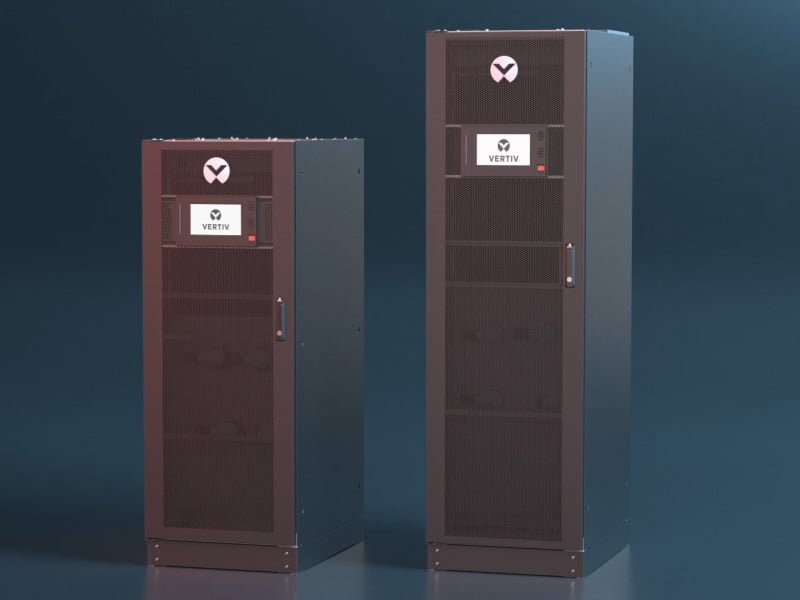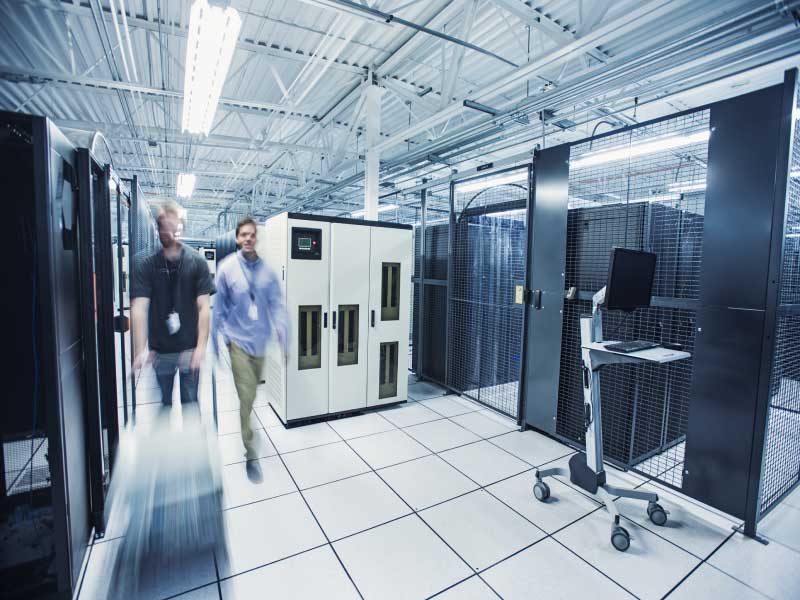The pandemic has, without a doubt, led to massive reforms within the healthcare industry. From the widescale adoption of telehealth, to the utilization and deployment of smart technologies for pandemic detection and protection, the industry has shifted to a more technology-reliant approach to address the crisis.
Among the key transformations that industry experts and analysts are seeing, others also include:
- The Adoption of Telehealth: one of the main advantages of telehealth is reducing person-to-person contact while ensuring the same quality of health services provided. Telehealth tools vary from the usual video conferencing apps to more comprehensive, open-sourced API-based systems that connect web browsers with mobile applications. The latter allows for more advanced features like sharing of important electronic health records and integration with wearables.
- Deployment of ‘Smart’ Technologies for Healthcare Management: many healthcare institutions today are deploying new technologies to improve hospital design and sanitation. Because the pandemic has taught us to sanitize, sanitize, sanitize, we are seeing hospitals and clinics deploying autonomous robots that emit germ-killing UV light, thermal scanners, and even apps for contact tracing purposes.
- The Internet of Medical Things (IoMT): the potential for IoMT is so huge that it is estimated to grow to about $254.2 billion in market value by 2026. The ability to seamlessly and intelligently integrate medical devices to sensors and tools that can easily analyze data for better healthcare management, is a huge potential and benefit to the industry.
But while all these innovations are exciting, they will create new challenges to IT teams that are already struggling with managing (often) legacy IT infrastructures. The challenge is to maintain an “always-on” healthcare ecosystem that encompasses not just the data center, but all medical equipment.
Why Power Continuity Is a Critical Factor in Healthcare IT
Quality power continuity across all areas of the healthcare ecosystem is your first line of defense against disruptions in critical healthcare operations. All areas of the system, from the data center to labs, as well as diagnostic equipment like MRI, Cath-lab and computer rooms, need disturbance-free, quality uninterrupted power to do their job. An online double-conversion Uninterruptible Power Supply (UPS) is the only system that protects against the full range of power disturbances, and is the best practice for mission-critical applications.
When choosing a UPS for your healthcare facility, it’s important to understand future requirements and ensure a growth plan is in place to cost-effectively meet those requirements. Providing just the capacity required today – with no growth plan – can constrain future growth and increase the cost and disruption of future technology.
As availability requirements rise, power system redundancy is often implemented to reduce single points of failure, enable future growth and increase operating flexibility.
Investing in a reliable UPS solution will help build your healthcare IT system’s first line of defense against disruptions. And with new technologies and applications emerging today, there is an even more urgent need to re-examine your existing IT infrastructure to ensure that it can cope with the growing technology requirements.
For more information on high-availability data center power protection, check out our new solution - the Liebert EXM2 mid-sized UPS.






